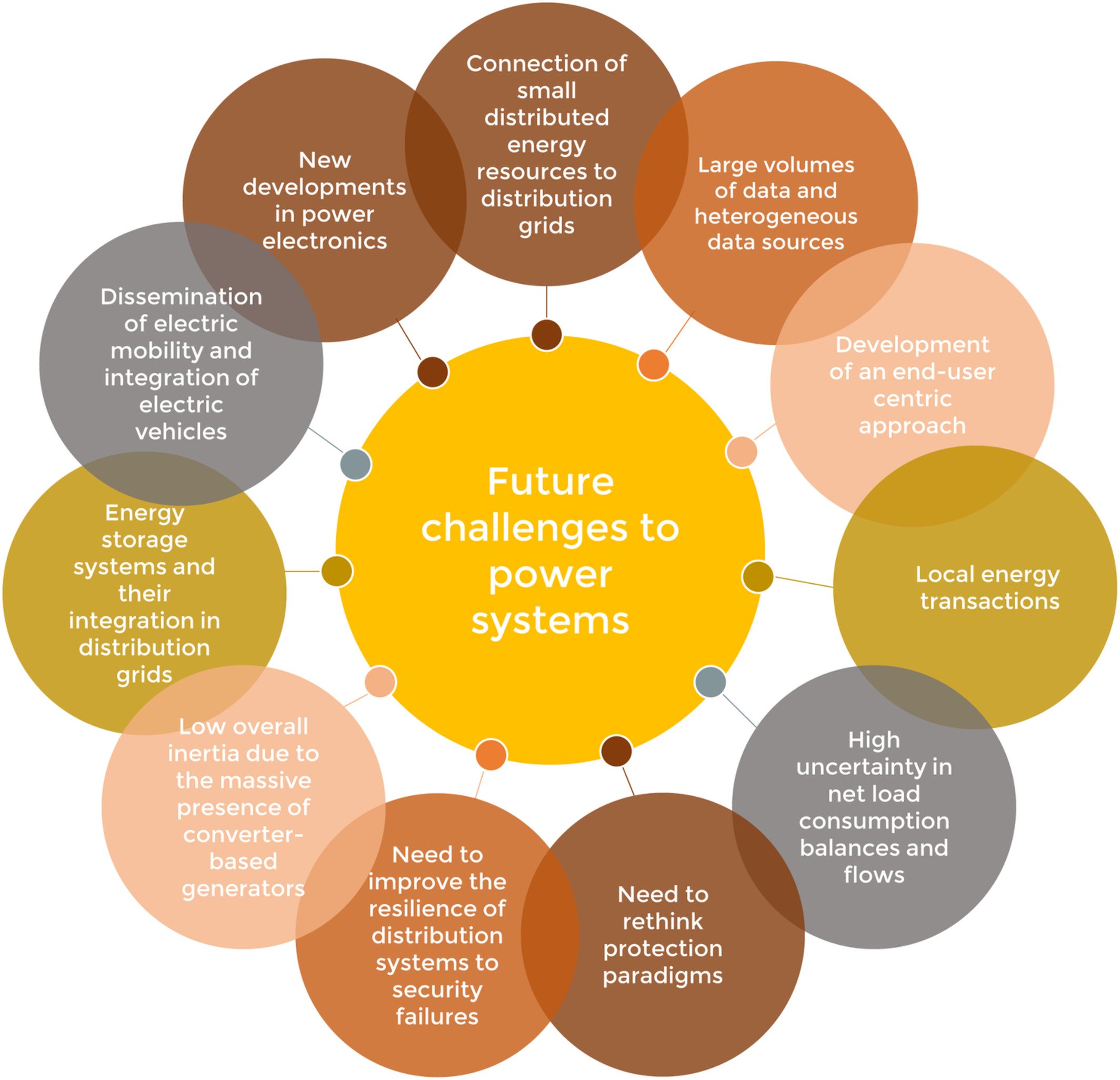Benefits and Future Outlook:
Energy Efficiency: Smart Grids and AMI contribute to energy efficiency by optimizing grid operations, reducing losses, and promoting informed consumer choices.
Integration of Renewables: These technologies support the seamless integration of renewable energy sources by providing real-time information on energy availability and demand.
Reduced Environmental Impact: By optimizing energy distribution, Smart Grids contribute to the reduction of greenhouse gas emissions and overall environmental impact.
Technological Innovation: Ongoing advancements in communication technologies, data analytics, and cybersecurity continue to drive innovation in Smart Grids and AMI, ensuring their continued evolution.
Renewable Energy Integration:
Next-Gen Power Systems prioritize the seamless integration of renewable energy sources such as solar, wind, and hydroelectric power. Advanced inverters, energy storage systems, and grid management technologies enable efficient incorporation of fluctuating renewable energy outputs into the grid. This not only reduces reliance on traditional fossil fuels but also contributes to lowering carbon emissions, addressing climate change concerns.
As the global community faces the urgent need to address climate change and reduce dependence on fossil fuels, the integration of renewable energy sources into existing power systems has become a paramount objective. This process, commonly known as Renewable Energy Integration, involves incorporating sustainable sources such as solar, wind, hydroelectric, and geothermal power into the energy mix. This article explores the significance, challenges, and advancements in the integration of renewable energy, paving the way towards a cleaner and more sustainable energy future.
1. Significance of Renewable Energy Integration:
Environmental Sustainability: The primary motivation behind renewable energy integration is its positive impact on the environment. Unlike traditional fossil fuels, renewable sources generate electricity with significantly lower carbon emissions, helping mitigate climate change and reduce air pollution.
Energy Security: Diversifying the energy mix with renewables enhances energy security by reducing reliance on finite and geopolitically sensitive fossil fuel resources. This helps countries become more resilient to supply disruptions and price volatility.
Economic Benefits: The renewable energy sector has emerged as a driver of economic growth, fostering job creation, innovation, and investment. As technologies advance, the cost of renewable energy production continues to decrease, making it increasingly competitive with conventional sources.
2. Challenges in Renewable Energy Integration:
Intermittency and Variability: One of the primary challenges in integrating renewable energy is the intermittent nature of sources like solar and wind. The sun doesn’t always shine, and the wind doesn’t always blow, leading to fluctuations in energy production that must be effectively managed.
Grid Compatibility: Traditional power grids are designed for centralized energy production, and integrating decentralized renewable sources requires upgrading and reconfiguring existing infrastructure to accommodate two-way energy flows, manage voltage fluctuations, and ensure grid stability.
Storage Technologies: To address intermittency, effective energy storage solutions are crucial. Developing and implementing cost-effective and efficient energy storage technologies, such as batteries and pumped hydro storage, remains a key challenge.
Policy and Regulatory Frameworks: Clear and supportive policies and regulatory frameworks are essential for fostering renewable energy integration. Inconsistent policies or inadequate incentives can impede progress and investment in the sector.
